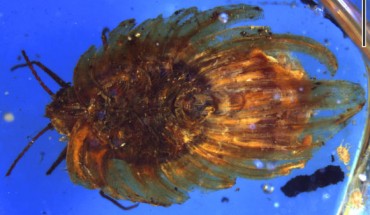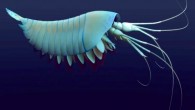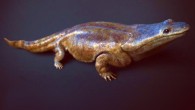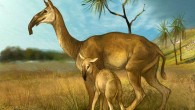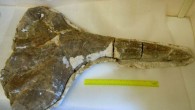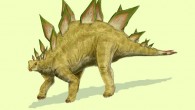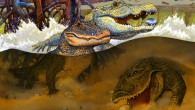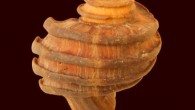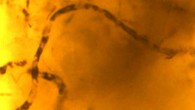A team of scientists from China, Germany, Poland, and the United Kingdom, has described a new genus and species of an ensign scale insect from mid-Cretaceous Burmese amber, which preserves eggs within a wax ovisac, and several freshly hatched nymphs. Wathondara kotejai from mid-Cretaceous Burmese amber, stacked image with a blue filter. Scale bar – 1 mm. Image credit: Bo Wang et al. “Fossils of fragile female scale insects are extremely rare....

